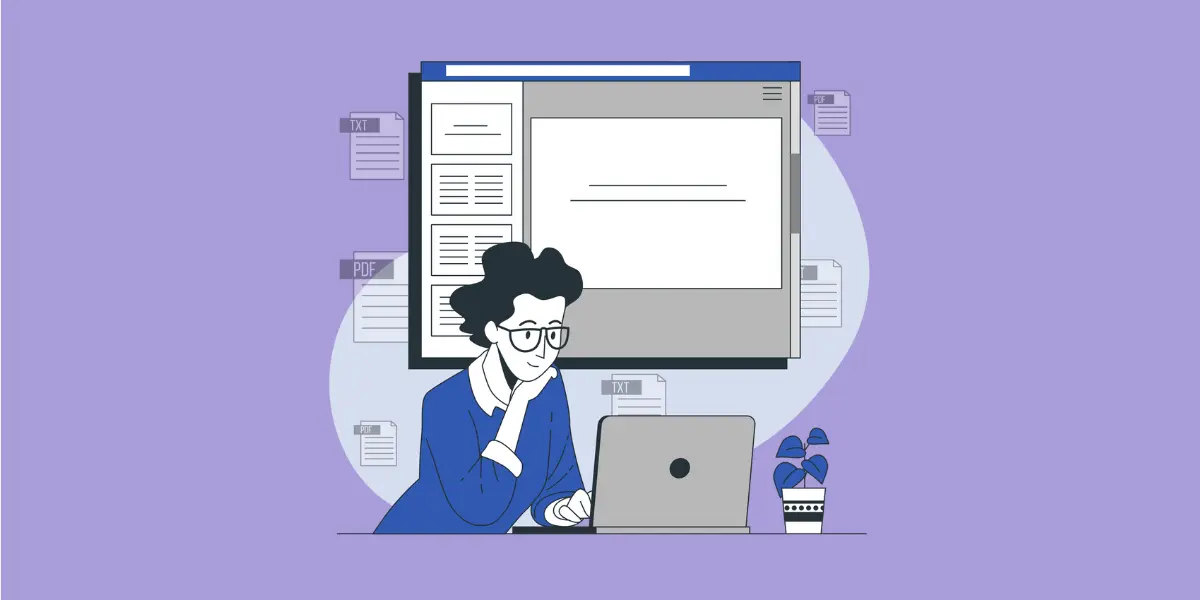Imagine you’re tasked with integrating a robust Electronic Health Records (EHR) system in a healthcare setting. Before you dive into coding, selecting platforms, or setting up databases, you first need clarity—a detailed plan to ensure smooth integration and compliance with healthcare standards.
In software architecture, this clarity comes from three critical levels of design: High-Level Design (HLD), Low-Level Design (LLD), and Detailed-Level Design (DLD).
Let’s explore each level and understand why they’re essential, especially in HealthTech projects.
High-Level Design (HLD): Strategic Overview for Healthcare Integration
High-Level Design gives you the strategic perspective necessary for integrating an EHR system. Think of HLD as a top-down view, mapping out how your new EHR will communicate with existing hospital systems, patient portals, and third-party tools without diving into specific code-level details.

What’s included in HLD for EHR integration?
- Overview of system architecture for healthcare interoperability
- Major modules such as patient management, appointment scheduling, and data analytics
- Interactions between your EHR and other health information systems
- Compliance with healthcare data standards (like HL7, FHIR)
- Technology stacks, including cloud and data storage solutions
When to use HLD?
Use HLD at the early stages of your HealthTech project to ensure alignment among stakeholders, including healthcare providers, compliance teams, and technical leaders.
Low-Level Design (LLD): Precise Implementation Plan
LLD focuses on how each component will function specifically within your healthcare integration project. If HLD is about “what” needs to happen, LLD is the detailed “how,” outlining exact steps like patient data validation, secure API integrations, or real-time data synchronization.

What’s included in LLD for EHR integration?
- Specific modules like patient records, data encryption, and compliance checks
- Detailed API specifications and integration points
- Data schema definitions compliant with healthcare regulations
- Precise workflows for patient data management and clinical reporting
- Security mechanisms and patient privacy measures
When to use LLD?
Initiate LLD once your HLD receives approval. It provides your development team precise guidelines, reduces misunderstandings, and ensures smooth implementation.
Detailed-Level Design (DLD): Exacting Standards for Regulatory Compliance
DLD offers the highest granularity, which is crucial for healthcare systems where data accuracy and patient privacy are paramount. It’s about ensuring every small detail meets strict regulatory standards like HIPAA or GDPR, including exact encryption methods, error handling, and patient consent management.

What’s included in DLD for EHR integration?
- Detailed coding standards for healthcare compliance
- Explicit implementation logic for sensitive operations
- Error handling protocols and disaster recovery procedures
- Security audits and regulatory compliance documentation
- Step-by-step operational procedures for clinical and administrative workflows
When to use DLD?
Employ DLD for healthcare environments that demand strict compliance, such as hospitals, clinics, or specialized care facilities, ensuring robust documentation and transparent processes.
So, what’s the main difference between HLD, LLD, and DLD in HealthTech?

- High-Level Design (HLD) provides a strategic alignment and interoperability vision.
- Low-Level Design (LLD) delivers precise operational details.
- Detailed-Level Design (DLD) ensures absolute compliance and detailed execution.
Properly structured design layers streamline integration processes, facilitate compliance, and ensure a robust, secure healthcare solution.
Ready to take the next step in integrating your EHR system? Contact us today, and let’s make your HealthTech project a success.
Wondering about time-to-value?
Request a no-obligation discovery call and receive a preliminary estimate tailored to your KPIs.


